Extracting Entrepreneurial Wisdom from the Life Journey and Values of Lord Rama
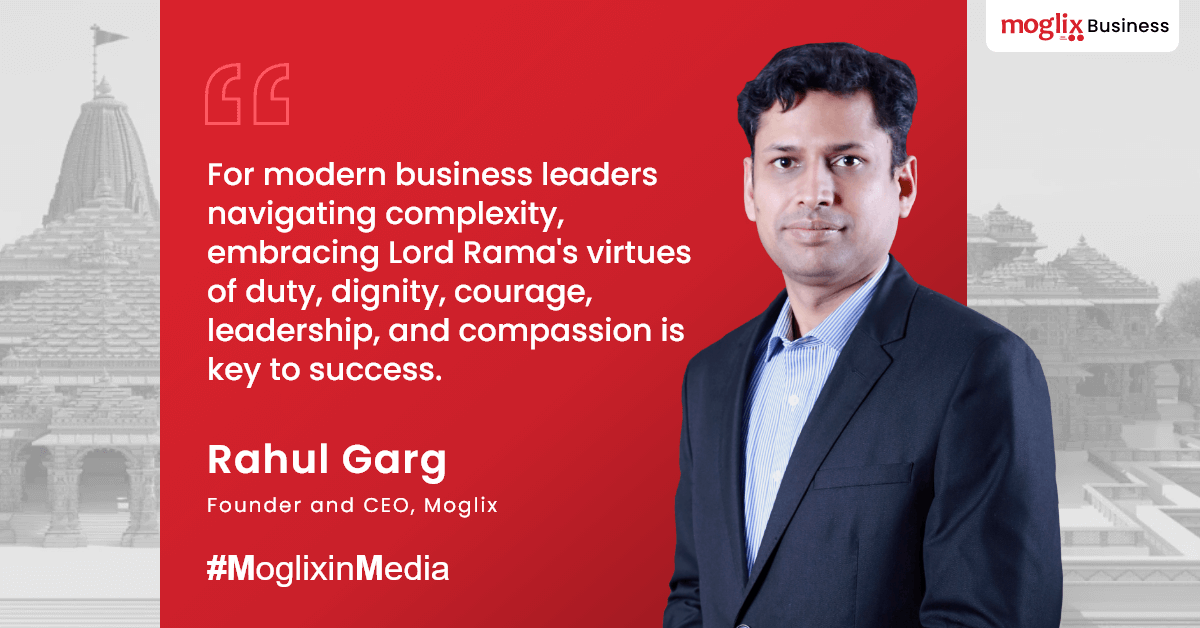
Extracting Entrepreneurial Wisdom from the Life Journey and Values of Lord Rama
Across history, Lord Rama has symbolized courage, dignity, and righteousness, imparting profound lessons that resonate across generations. As leaders maneuver through the complexities of contemporary business, these virtues and teachings offer timeless guidance for constructing enduring success anchored in honor and honesty.
Read MoreShaping 2024 Manufacturing: Innovations, Sustainability, Evolution
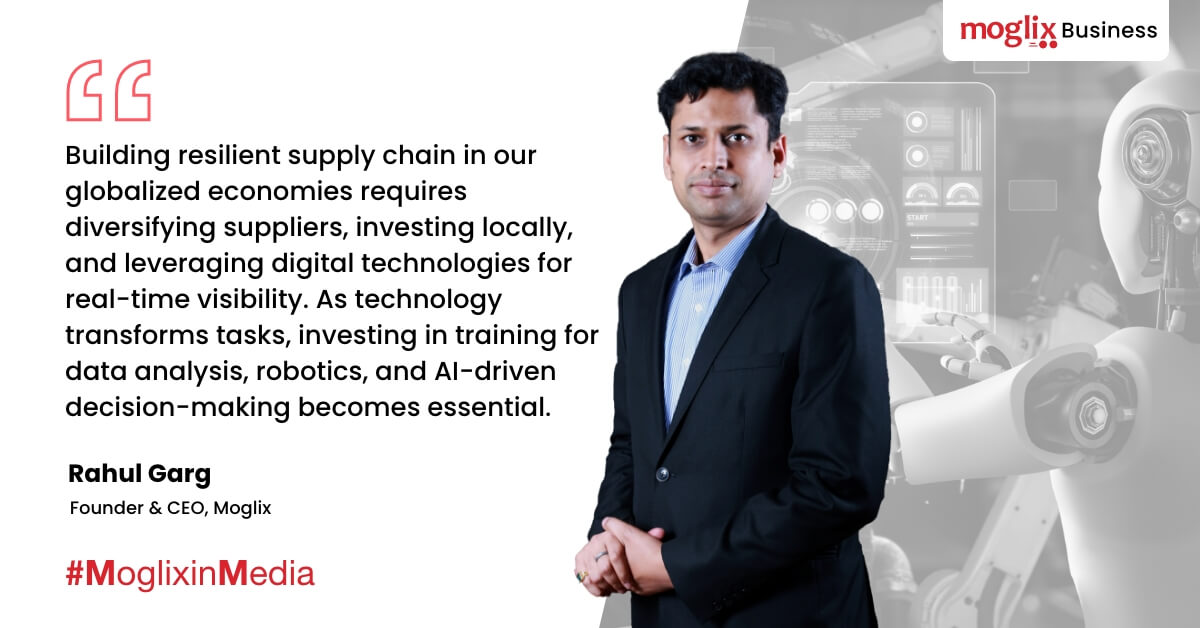
Shaping 2024 Manufacturing: Innovations, Sustainability, Evolution
The era of Industry 4.0 is no longer a distant concept; it is swiftly becoming a tangible reality. Automation and robotics are redefining production lines, substituting manual labor with intelligent machines. AI is enhancing processes, anticipating and averting errors, and facilitating highly personalized product experiences. From self-guided robots on assembly lines to AI-driven quality control systems, technology is revolutionizing the essence of manufacturing.
Read MoreKey E-commerce Supply Chain Trends for 2024
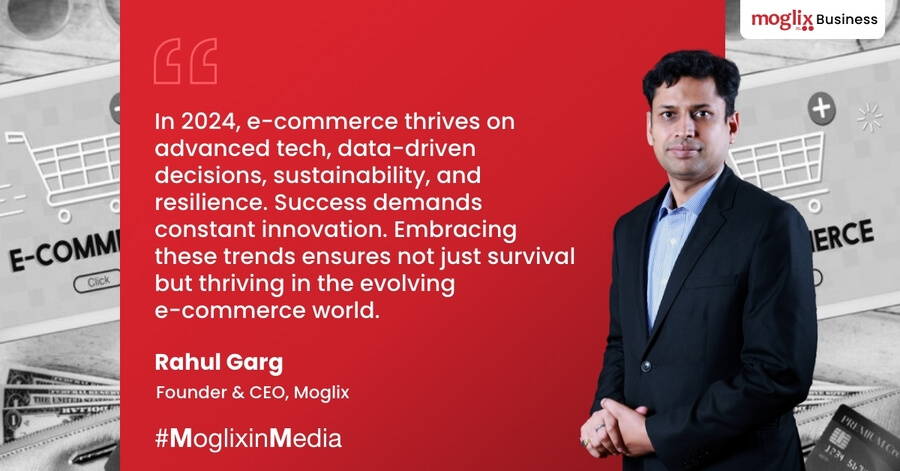
Key E-commerce Supply Chain Trends for 2024
E-commerce is growing rapidly, and sales are expected to reach $6.3 trillion by 2024, increasing by almost 10% each year. Behind the scenes of online shopping, there’s a complex system of moving products from warehouses to doorsteps. This dynamic e-commerce landscape constantly shifts, posing challenges for businesses.
Read MoreStrengthening Supply Chains: Unlocking Efficiency for Optimal Performance

Strengthening Supply Chains: Unlocking Efficiency for Optimal Performance
In this era of connectivity, strategic digital shifts are reshaping supply chain dynamics, proving to be a game-changer for global businesses. Prioritizing digital transformations to fortify supply chains is essential for enhancing efficiency, managing risks, and achieving ESG goals. Businesses worldwide are leveraging technology to address long-standing bottlenecks disrupting regular operations.
Read More2024 Procurement Outlook for CEOs of Infrastructure Project Developers in India
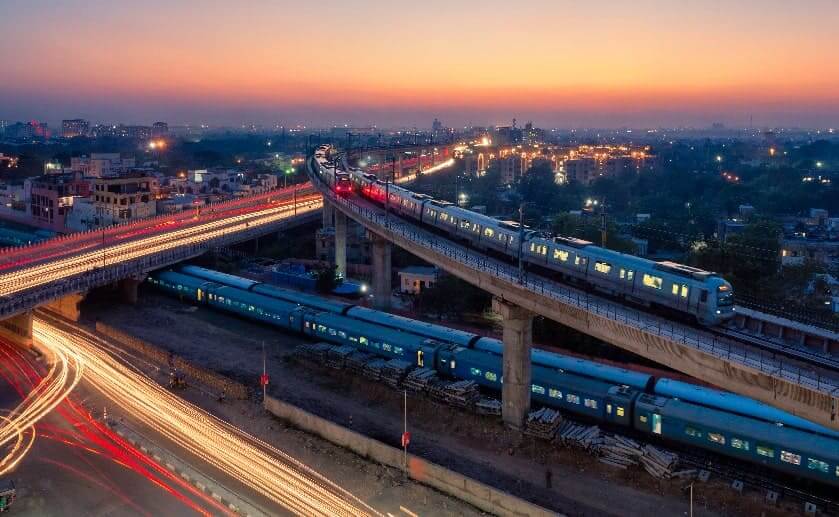
2024 Procurement Outlook for CEOs of Infrastructure Project Developers in India
The 2024 procurement outlook presents a mixed bag of challenges and opportunities for CEOs of infrastructure project developers in India. While the current economic downturn has instilled a sense of caution, 2024 holds promise. India is planning to invest nearly Rs 143 lakh crore in infrastructure over seven years through 2030 – a substantial increase from the Rs 67 lakh crore in the preceding period. That said, CEOs should focus on four major key areas to optimize their supply chains and to drive growth and innovation in their projects in 2024.
4 Sectors CEOs of Infrastructure Project Developers in India Should Watch Out in 2024
Roads and Highways
The Union Budget 2023-24 has allocated an enhanced outlay of ₹1.62 lakh crore to the National Highways Authority of India (NHAI) as part of MoRTH’s capital expenditure plan for the current fiscal year. The budget also marked a notable hike in capital expenditure of NHAI projects with an additional allocation of INR 70,000 crores. Looking at this level of commitment, CEOs must expect even greater momentum in 2024 from the Government of India in the upcoming union budget. As the government is planning for faster completion of projects in 2024, you can expect faster approval of procurement to facilitate smoother transportation and logistics across the country.
Power T&D
India’s transmission and distribution (T&D) segment is also trying to achieve notable progress in grid physical structure expansion and technological advancements. Under the Green Energy Corridors (GECs) program initiated in 2015, India is aspiring to lay out 9700 KM of interstate T&D lines with 22,600 MVA of substation capacity by 2024. Nearly INR 500 crores are anticipated to be invested in T&D lines for 22,000 MVA capacity to upgrade the existing power transmission network.
Renewable Energy Generation
Green energy is one of the major areas of focus under the Amrit Kaal scheme for the next 25 years. A whooping ₹35,000 crore has been sanctioned for “priority capital investment” to push green hydrogen promotion through building renewable energy projects of 4,000 MW hours capacity. The budget for solar power has been raised to ₹4,970 crore, up from ₹3,469, to build solar grids worth 10,000 MW capacity. Additionally,₹19500 crores program to boost the National Green Hydrogen Mission is also on the cards. The aim is to increase the total renewable energy capacity by four times by 2030.
Ports
Ports carry 90% of international trade by volume. That’s why the GOI has set an ambitious target of meeting a $1000 billion export target for FY 2025-2026. 225 projects of ₹2.17 lakh of revenue capex are already in the implementation stage, and there will be a greater focus on single window clearance under PM Gati Shakti in 2024. For CEOs of infrastructure project developers, this represents a massive opportunity for bidding and involvement in diverse projects to generate revenue and develop strategic partnerships.
How CEOs of Infrastructure Project Developers Should Gear Up Their Supply Chain in 2024?
In 2024, CEOs of Infrastructure Project Developers should focus on the agile completion of projects in the PM Gati Shakti‘s Harmonized Master List (HML) by establishing a working capital green channel for swift OPEX purchases. Prioritizing the upgrade of legacy IT assets, like ERP, is crucial for digital procurement transformation. Additionally, adopting a site aggregation model based on vendor consolidation for construction material procurement will enhance efficiency. Implementing an end-to-end analytics dashboard for weekly progress reviews of HML projects will further streamline operations and ensure timely project completion. Visit Moglix’s infrastructure management solutions to learn more about procurement of TMT steel bar, crash barriers, bitumen and more.
Empowering India`s Green Energy Independence: Formulating a GigaFactory Roadmap After COP28
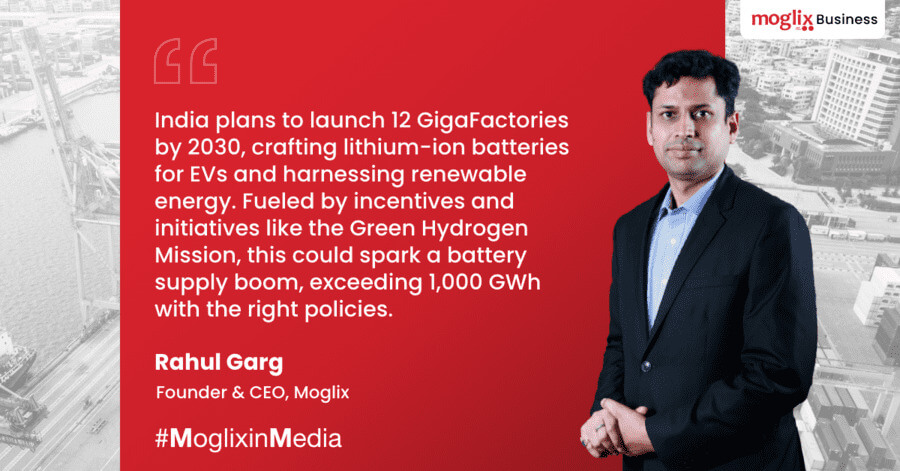
Empowering India`s Green Energy Independence: Formulating a GigaFactory Roadmap After COP28
As India stands at the crossroads of environmental stewardship and economic advancement, GigaFactories emerge as catalysts for both. Facilitating collaboration among policymakers, industry leaders, and suppliers holds the key to unlocking the vast potential within these green manufacturing powerhouses. This has the capacity to propel India toward self-reliance in green energy, charting a course for a cleaner and brighter future for generations ahead.
Read MoreUnion Budget 2024: Navigating Connectivity and Digital Transformation for a Resilient Future
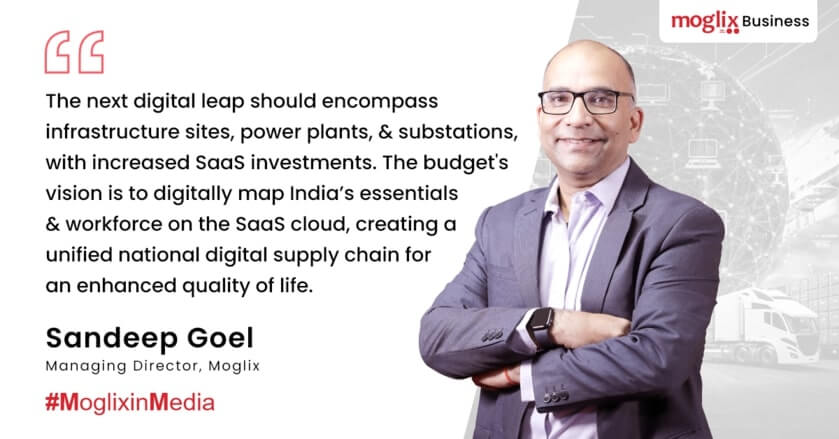
Union Budget 2024: Navigating Connectivity and Digital Transformation for a Resilient Future
The focus on physical and digital connectivity remains strong in government budgets, continuing into Union Budget 2024. The next phase entails a comprehensive digital integration across infrastructure project sites, power plants, and substations, necessitating increased SaaS investments. This strategic move aims to redefine infrastructure and manufacturing services.
Read MoreBuilding 2024: Constructing Future Supply Chains with Technology, Localization, and Resilience

Building 2024: Constructing Future Supply Chains with Technology, Localization, and Resilience
In today’s business landscape, achieving supply chain resilience is critical for seamless operations in the face of uncertainties. A lack of resilience can result in an inability to meet demands and maintain quality, leading to significant revenue loss. Gartner reports that only 21% of supply chain businesses feel confident in their highly resilient networks. The ongoing disruptions highlight the urgency of prioritizing resilience, making it a crucial factor that often sets industry leaders apart from the competition.
Moglix to Harness UAE`s B2B E-Procurement Potential

Moglix to Harness UAE`s B2B E-Procurement Potential
Moglix’s strategic establishment in Dubai plays a crucial role in enabling Indian businesses to capitalize on the UAE’s re-export capabilities, effectively broadening their global market reach. According to Mr. Malviya, Dubai’s exceptional infrastructure, strong connectivity, and business-friendly environment position it as the ideal hub for Indian businesses aiming to enhance their global market presence.
Read MoreRapid Integration of the Indian Tyre Industry into Global Supply Chains
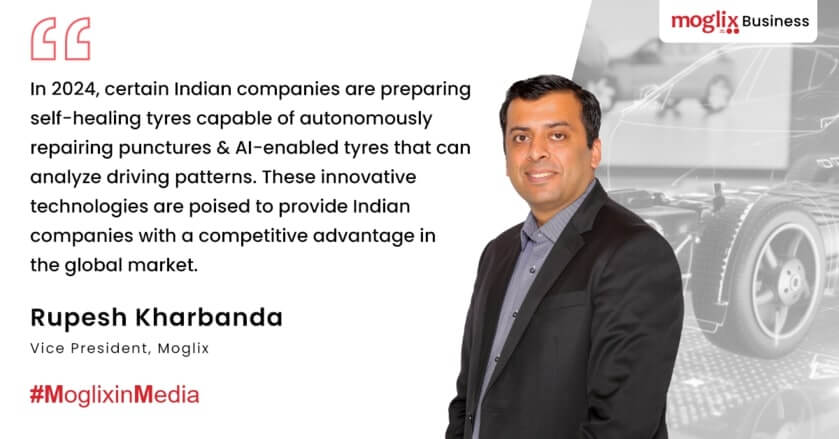
Rapid Integration of the Indian Tyre Industry into Global Supply Chains
India is transforming the tyre manufacturing landscape, anticipating a 2.5x revenue surge from $9 billion to $22 billion over the next decade. The Indian Tyre industry, currently reaching customers in 170 countries, attributes its success to a combination of quality, cost-effectiveness, and advanced manufacturing.
Government initiatives, such as countervailing duties and Atmanirbhar Bharat, play a pivotal role in reducing imports and propelling industry growth. Consistent raw material supplies, coupled with innovations like smart sensors and self-healing tires, along with a notable 50% export increase in 2022, underscore the upward trajectory of India’s tyre industry.
Read More